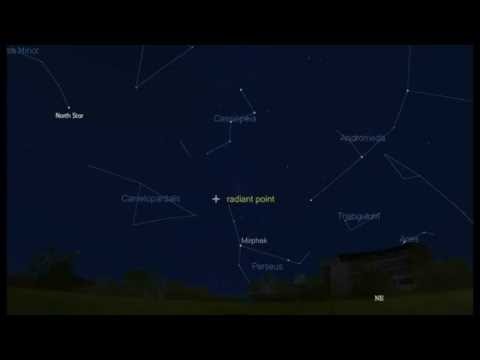Impact Craters: Nature’s Reminders of Catastrophic Events
Impact craters are nature’s reminders of catastrophic events that have shaped our planet’s history. These massive scars on the Earth’s surface are the result of collisions between celestial bodies such as asteroids or comets and our planet. The impact of these collisions can have devastating effects, causing widespread destruction and altering the landscape in dramatic ways.
One of the most famous impact craters on Earth is the Chicxulub crater in Mexico, which is believed to have been formed around 66 million years ago when a massive asteroid struck the Earth. This event is thought to have led to the extinction of the dinosaurs and the end of the Cretaceous period. The impact of the asteroid is believed to have released energy equivalent to billions of atomic bombs, causing massive wildfires, tsunamis, and a global climate change that led to the extinction of over 75% of all species on Earth.
Impact craters are also found on other planets and moons in our solar system, providing valuable insights into the history of the solar system and the processes that have shaped it. For example, the moon is covered in thousands of impact craters, which have remained relatively unchanged since they were formed billions of years ago. These craters provide a record of the intense bombardment of the early solar system by asteroids and comets, which played a crucial role in shaping the planets and moons we see today.
In addition to their scientific importance, impact craters also have cultural and economic significance. Some impact craters, such as the Barringer crater in Arizona, have become tourist attractions and are visited by thousands of people each year. Others, such as the Sudbury crater in Canada, are rich in minerals and have been mined for their resources.
Despite the destructive power of impact events, they also play a crucial role in shaping the Earth’s surface and driving evolutionary processes. Impact craters can create new habitats for life to colonize, and the shock waves generated by impacts can trigger volcanic activity and other geological processes that shape the planet’s surface.
In conclusion, impact craters are nature’s reminders of the catastrophic events that have shaped our planet’s history. These scars on the Earth’s surface provide valuable insights into the processes that have shaped our planet and the solar system, and serve as a reminder of the destructive power of celestial collisions. As we continue to study and explore these fascinating features, we will gain a deeper understanding of the forces that have shaped our world and the potential threats that exist in our cosmic neighborhood.













